New York City, often hailed as the "Center of the Earth," grapples with the irony of its bustling streets contributing to congestion and pollution. In a bid to address these challenges, city authorities have unveiled plans to implement tolls in select high-traffic areas, aiming to incentivize the use of public transportation while curbing pollution.
The New York City Council recently passed a bill to introduce tolls in certain busy parts of the city, marking a significant step in the city's efforts to tackle traffic congestion and environmental concerns. The decision comes amid growing concerns over the worsening traffic situation and its adverse effects on air quality.
Effective from mid-June, motorists entering the busiest sections of Manhattan will face a toll of $15, following an 11-1 vote at a meeting of New York's Metropolitan Transportation Authority board. New York City becomes the first city in the United States to implement such a tolling system, taking a cue from large European cities like London, Stockholm, and Singapore.
The tolling initiative aims to encourage commuters to opt for public transportation alternatives while alleviating traffic congestion and reducing pollution levels. Passengers and small commercial vehicles entering Manhattan south of Sixteenth Street from Queens, Brooklyn, and New Jersey will be subject to the $15 toll during the day and a slightly reduced fee at night.
Furthermore, heavy vehicles and tourist buses will face tolls ranging from $24 to $36 during the day, with a reduced rate during nighttime hours. Additionally, taxicabs will charge passengers $100 per trip, while ride-sharing apps like Uber will levy a $2.50 fee per trip.
Exceptions will be made for emergency vehicles, vehicles transporting disabled passengers, and city vehicles engaged in special services. To accommodate the expected increase in public transportation demand, the City Transit Authority has adjusted subway and public transport routes accordingly.
The introduction of congestion tolls marks a proactive step towards mitigating traffic congestion and reducing pollution levels in New York City, setting a precedent for sustainable urban mobility solutions in major metropolitan areas.



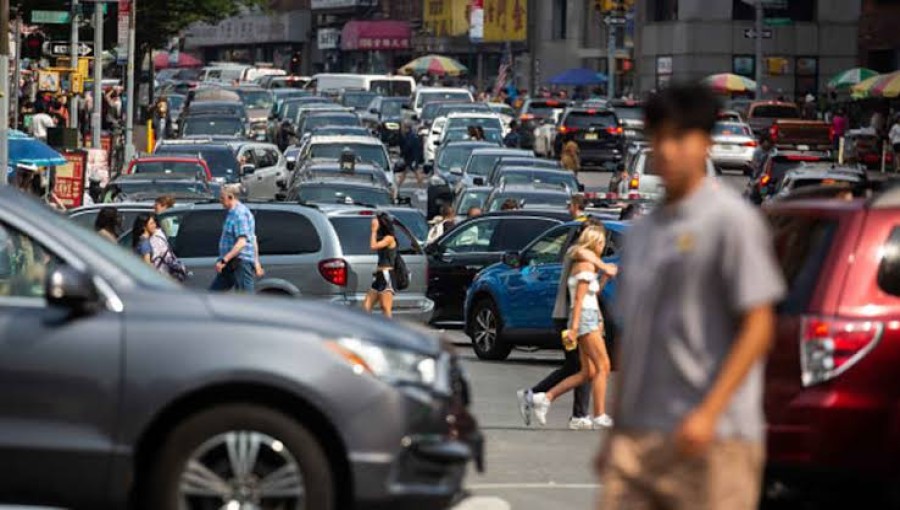

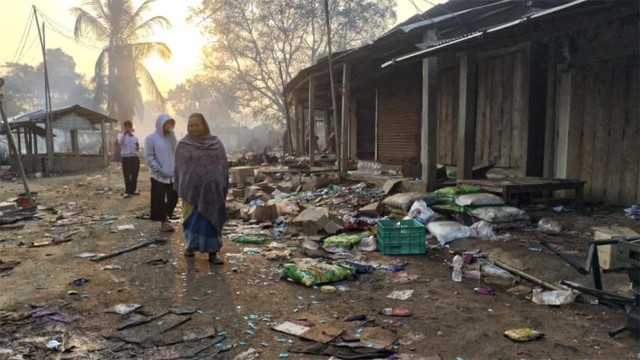

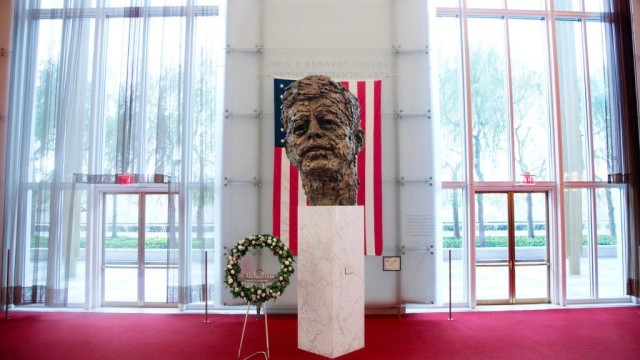
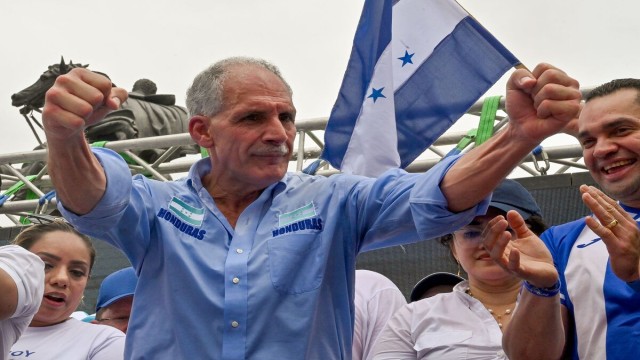
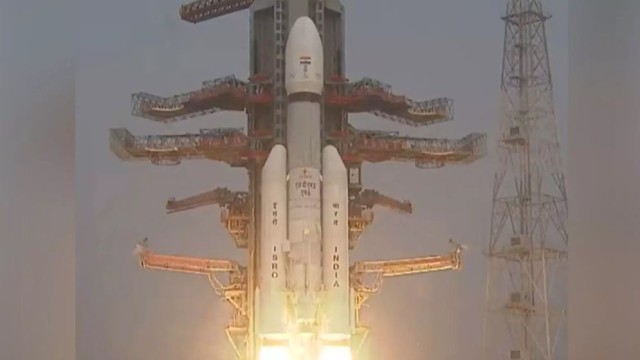
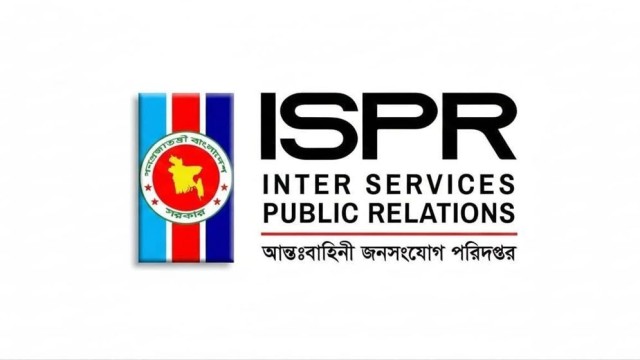
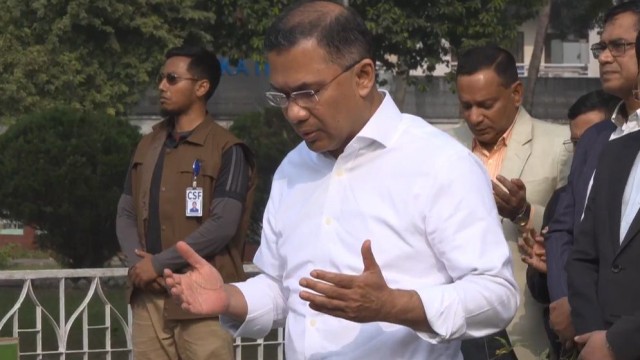
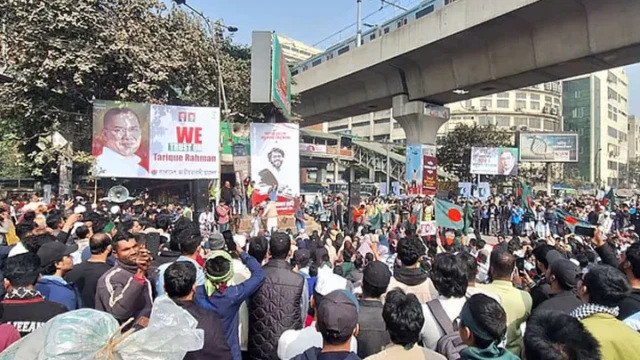

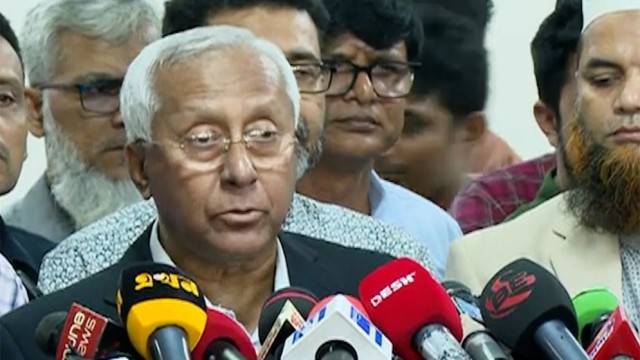
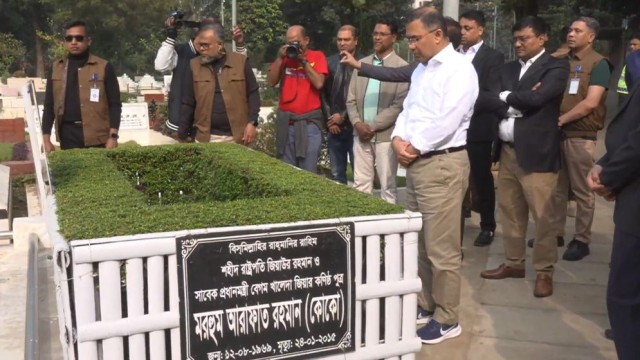

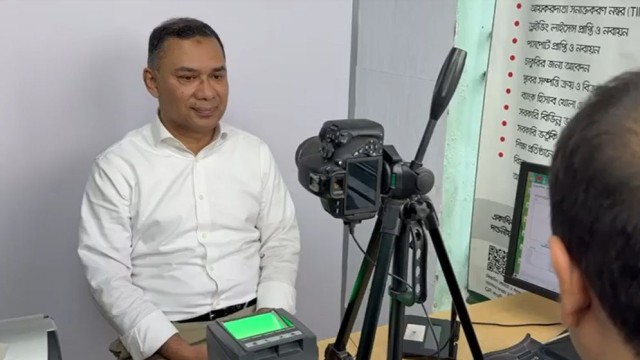

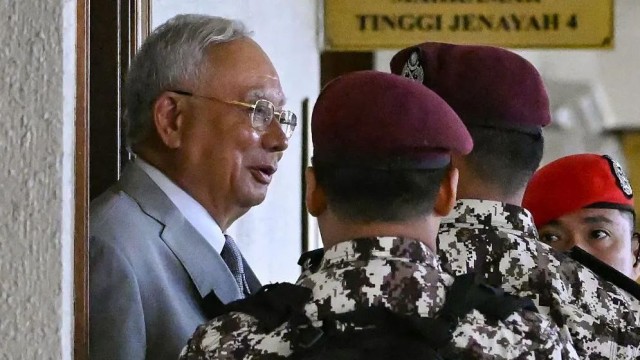

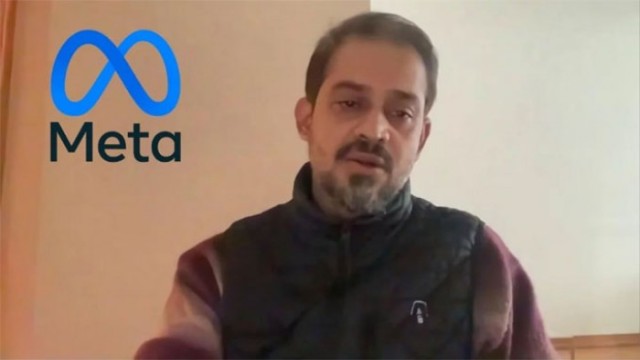




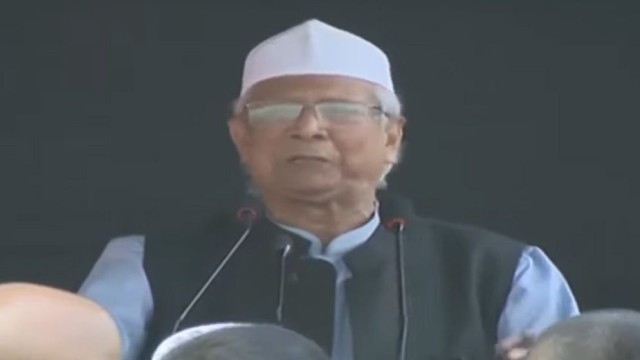

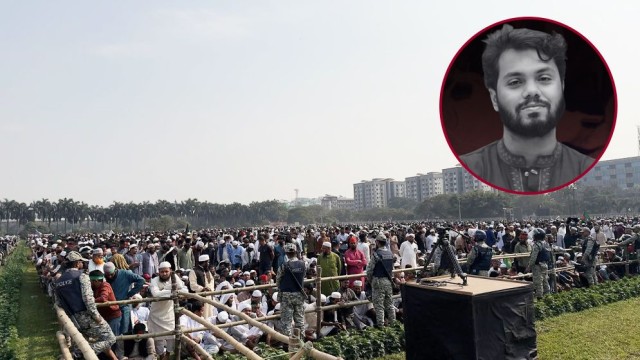
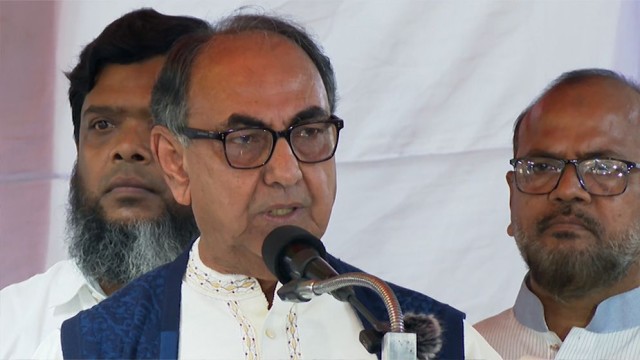

Comment: